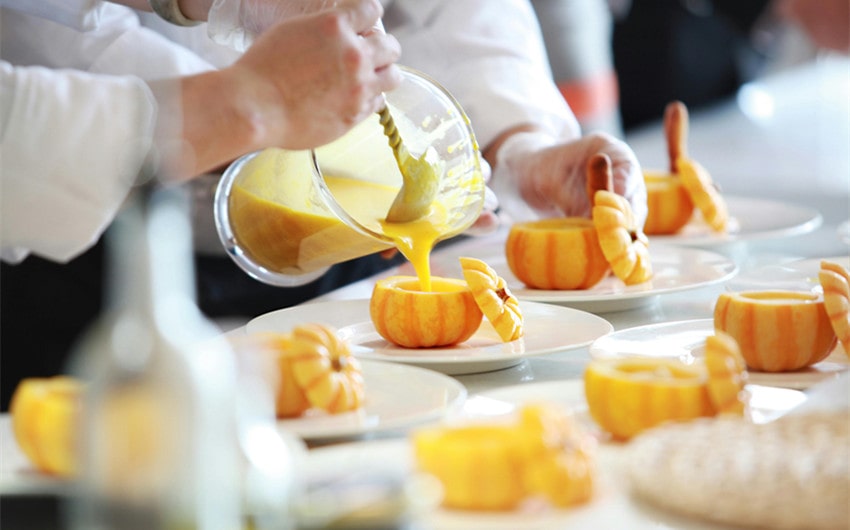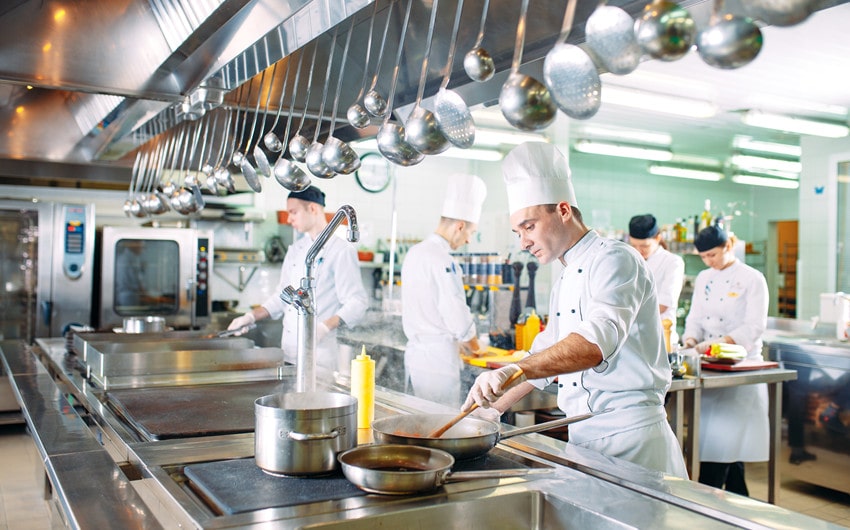What Does All Day Mean in a Kitchen for Cooks?
Ever watched a cooking show or peeked into a bustling restaurant kitchen and heard someone shout, “Five burgers all day!”? It might sound like they’re cooking all day long—but that’s not quite it. If you’ve ever wondered, “What does all day mean in a kitchen?”, you’re not alone.
This phrase is part of the fast-paced, behind-the-scenes language chefs use to stay organized when orders are flying in. Whether you’re a foodie, a home cook, or just curious about the chaos behind your favorite meals, this quick guide will break it down in the simplest, clearest way.
What “All Day” Means in a Kitchen

In restaurant kitchens, “all day” is a term used to communicate the total number of a specific dish that needs to be prepared at a given moment. It’s not about how long a dish has been cooking or how long it will take—it’s strictly about quantity.
For example, if two tickets come in—one with two orders of salmon and another with three—the expeditor or chef might say, “Five salmon all day.” This gives the kitchen team a quick, clear understanding of what still needs to be made overall, not just from the latest order. It’s a running total, helping everyone coordinate their efforts without confusion or delay.
By using this phrase, chefs avoid repeating every single ticket line by line. Instead, they summarize what needs to be cooked, streamlining the communication process in a setting where seconds count.
Common Misunderstandings
To the untrained ear, “all day” might sound like someone’s been working on a dish forever—or that it’s something taking unusually long to make. This is a common mistake, especially for those outside the industry or new to kitchen work.
The phrase can be misleading because in everyday language, “all day” usually refers to duration. But in a kitchen, it has nothing to do with time. It’s entirely about how many. Assuming it refers to the length of time a dish is cooked, or that the dish is somehow already in progress, can lead to major communication breakdowns.
Another common misunderstanding is treating “all day” as a count that only includes new orders. In reality, it reflects the cumulative demand, combining previous and current tickets. Failing to grasp this can result in under- or over-preparing dishes, which disrupts service and wastes valuable resources.
Understanding this difference is essential for keeping the kitchen running efficiently—and for earning your stripes in the world of culinary communication.
How It’s Used in Real-Time Kitchen Workflow

The real power of “all day” comes through during the live action of service. In the heat of a dinner rush, orders can stack up quickly. Rather than reviewing each ticket from scratch, the expeditor continually updates the team with new “all day” totals that reflect the changing situation.
This system allows for quick recalibration. Say the grill station has already started on four burgers, and then two more orders come in. The expeditor doesn’t just call out the two new ones—they say, “Six burgers all day!” This tells the team exactly how many are needed from this moment forward.
Each station—grill, sauté, fry, garnish—uses that number to prep their part accordingly. And if a dish is completed or canceled, the count is updated in real time. It’s a dynamic process that keeps every part of the kitchen aligned, from timing to ingredients to plating.
Ultimately, “all day” acts as a live scoreboard, helping staff navigate a constantly changing flow of orders without missing a beat.






